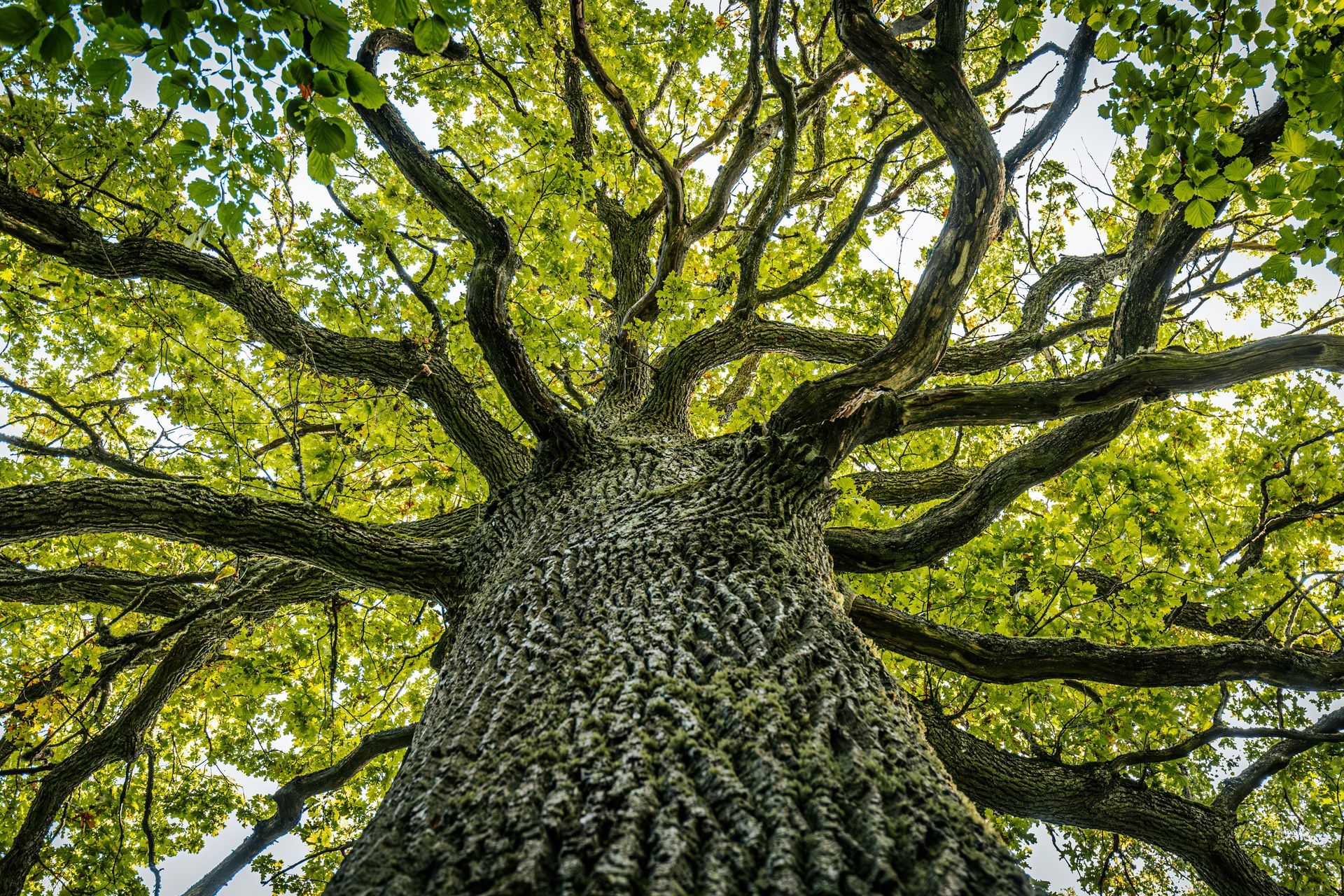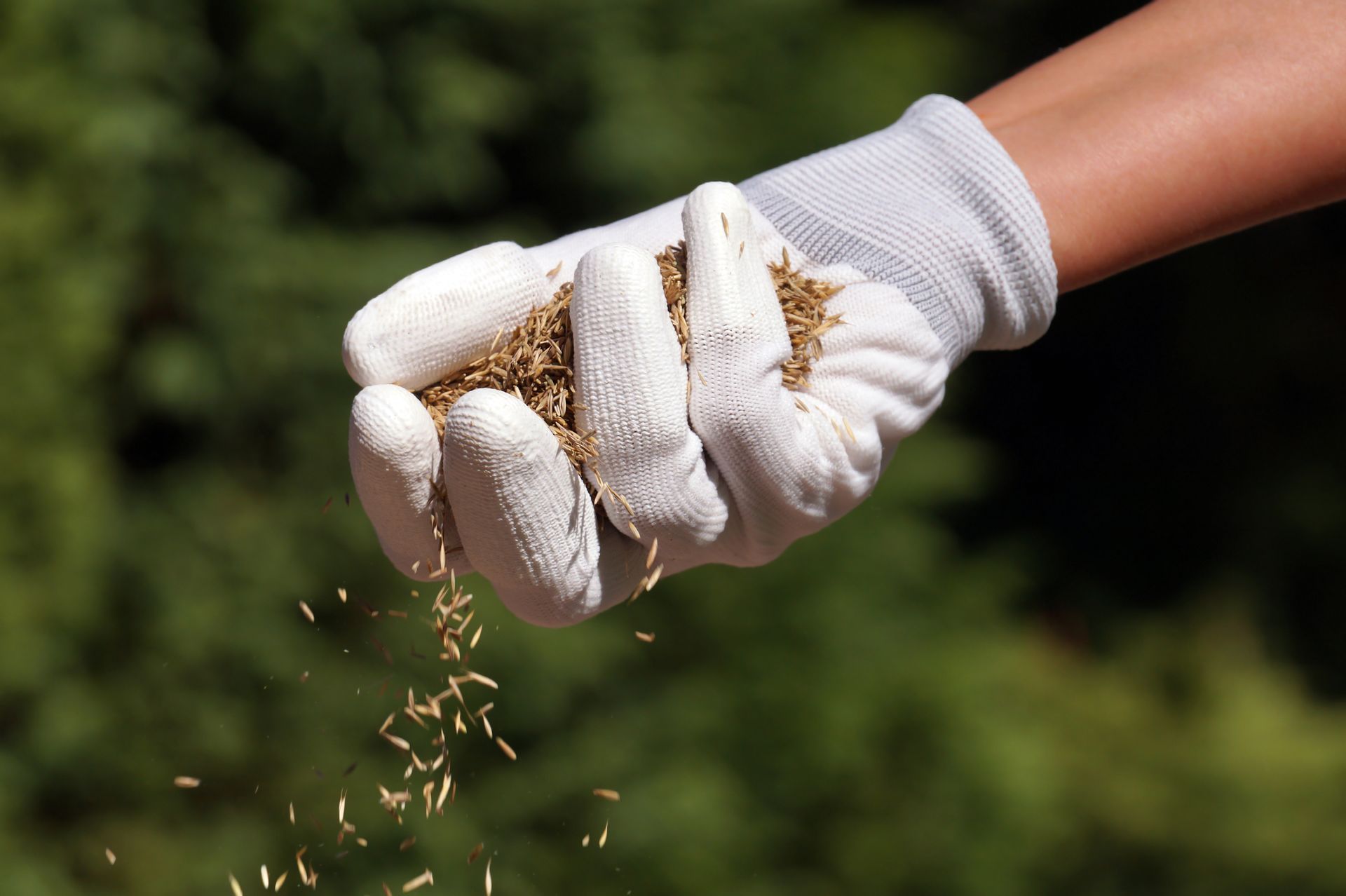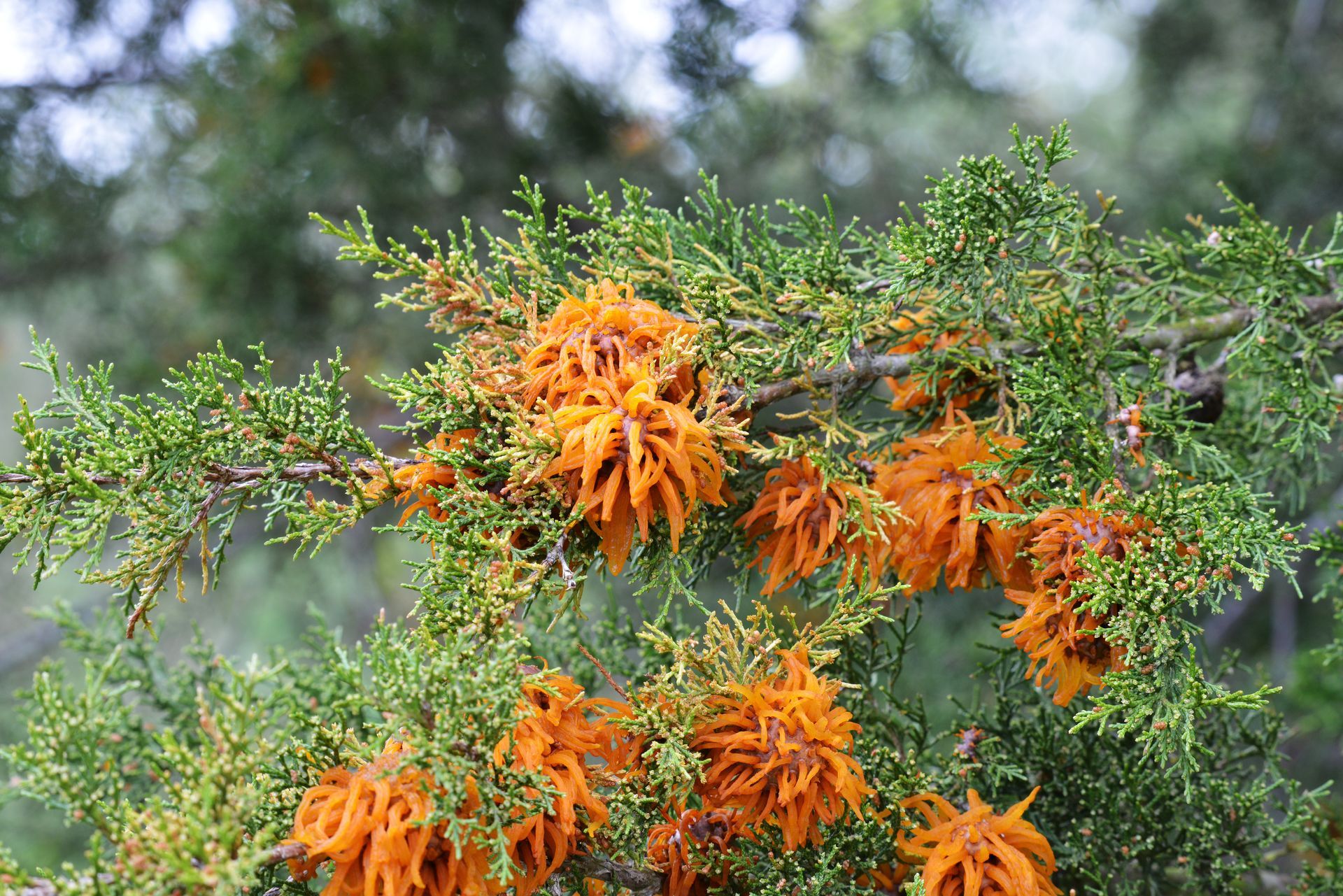May 22, 2023
Tree and Shrub Fertilization FAQs: What, Why, When, and How?
Fertilization plays a vital role in the care of trees and shrubs, supporting their healthy growth, vibrant foliage, and robust root systems. However, many homeowners and gardeners often have questions about fertilization. In this blog post, we will address frequently asked questions regarding tree and shrub fertilization, including its importance, timing, and effective methods.
1. What is tree and shrub fertilization?
Tree and shrub fertilization involves providing essential nutrients to support their growth and development. Fertilizers contain a combination of macronutrients (such as nitrogen, phosphorus, and potassium) and micronutrients (such as iron, zinc, and manganese) necessary for their overall health.
2. Why is fertilization important for trees and shrubs?
Fertilization holds significant importance due to the following reasons:
a. Nutrient enrichment: Trees and shrubs require a consistent supply of nutrients for optimal growth. Fertilization ensures they receive any necessary elements lacking in the soil.
b. Stress tolerance: Well-fertilized trees and shrubs are better equipped to withstand environmental stressors, including extreme weather conditions, pests, and diseases.
c. Enhanced aesthetics: Fertilization promotes lush foliage, vibrant colors, and overall plant vigor, enhancing the beauty and aesthetic appeal of your landscape.
3. When should I fertilize my trees and shrubs?
Timing is crucial for fertilizing trees and shrubs. Here are some general guidelines:
a. Spring fertilization: Apply fertilizer in early spring, just before new growth begins. This allows the plants to utilize the nutrients during their active growth phase.
b. Fall fertilization: Consider fall fertilization for trees and shrubs as they prepare for winter dormancy. This helps them develop stronger root systems and provides a nutrient reserve for the following spring.
4. How should I fertilize my trees and shrubs?
When it comes to fertilizing trees and shrubs, proper technique is essential. Here's a step-by-step guide:
a. Soil testing: Before fertilizing, conduct a soil test to determine specific nutrient deficiencies. This will help you choose the appropriate fertilizer and application rates.
b. Selecting the right fertilizer: Choose a well-balanced, slow-release fertilizer formulated for trees and shrubs. This ensures a steady release of nutrients over time.
c. Proper application: Apply the fertilizer evenly around the drip line of the tree or shrub, where the majority of the roots are located. Avoid direct contact with the trunk or stems.
d. Watering: After fertilization, thoroughly water the area to help the nutrients penetrate the root zone.
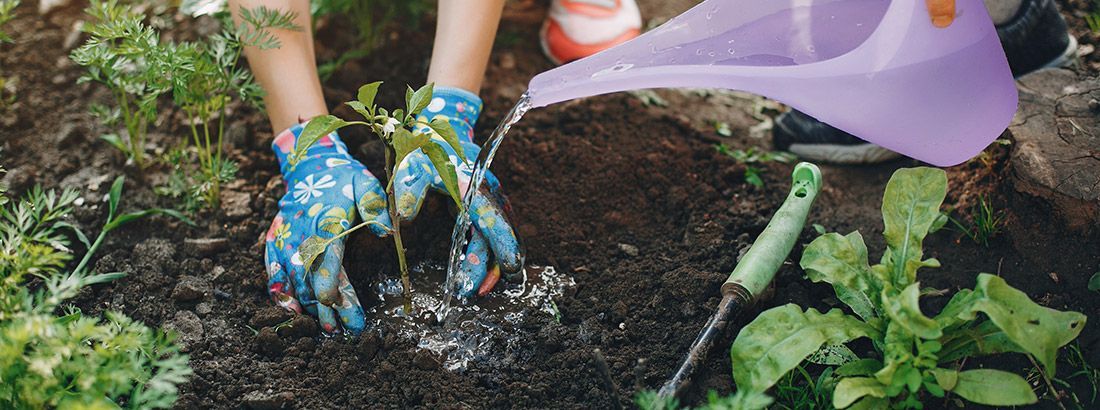
e. Mulching: Apply a layer of organic mulch around the base of trees and shrubs to conserve moisture, regulate soil temperature, and provide additional nutrients as it breaks down.
Tree and shrub fertilization is a vital practice that supports the health, vigor, and aesthetics of your landscape plants. By understanding the definition, importance, timing, and methods of fertilization, you can ensure optimal growth and longevity for your trees and shrubs. Remember to consider soil testing, choose the right fertilizer, apply it correctly, and provide proper watering and mulching. By following these guidelines, you'll be well on your way to nurturing thriving trees and shrubs in your garden.
Ready to give your trees and shrubs the best care possible? Contact Visionary Fertilization, Southeast Michigan's trusted experts in tree and shrub fertilization. Their knowledgeable professionals are dedicated to providing tailored fertilization solutions to meet the unique needs of your plants. Call us at 586 281 5148 .
